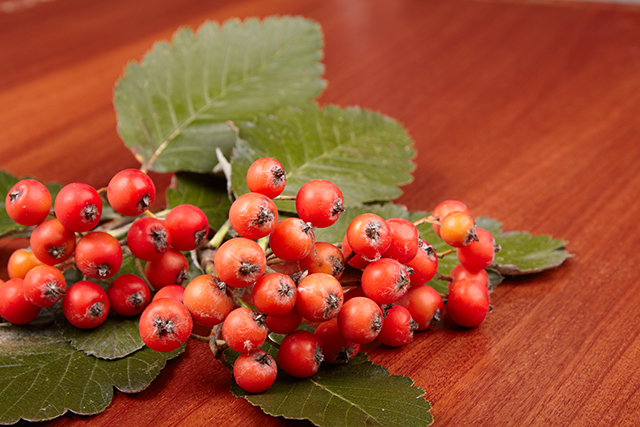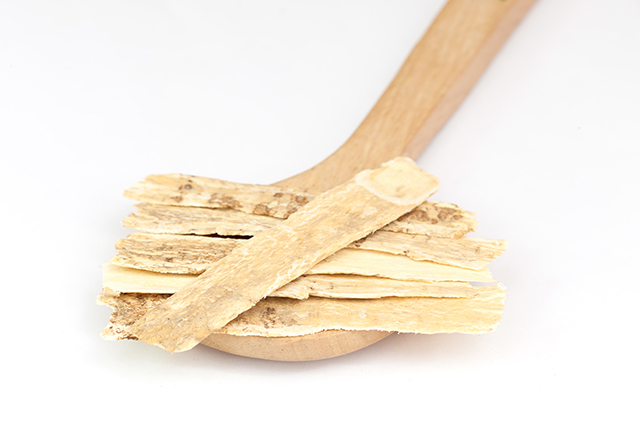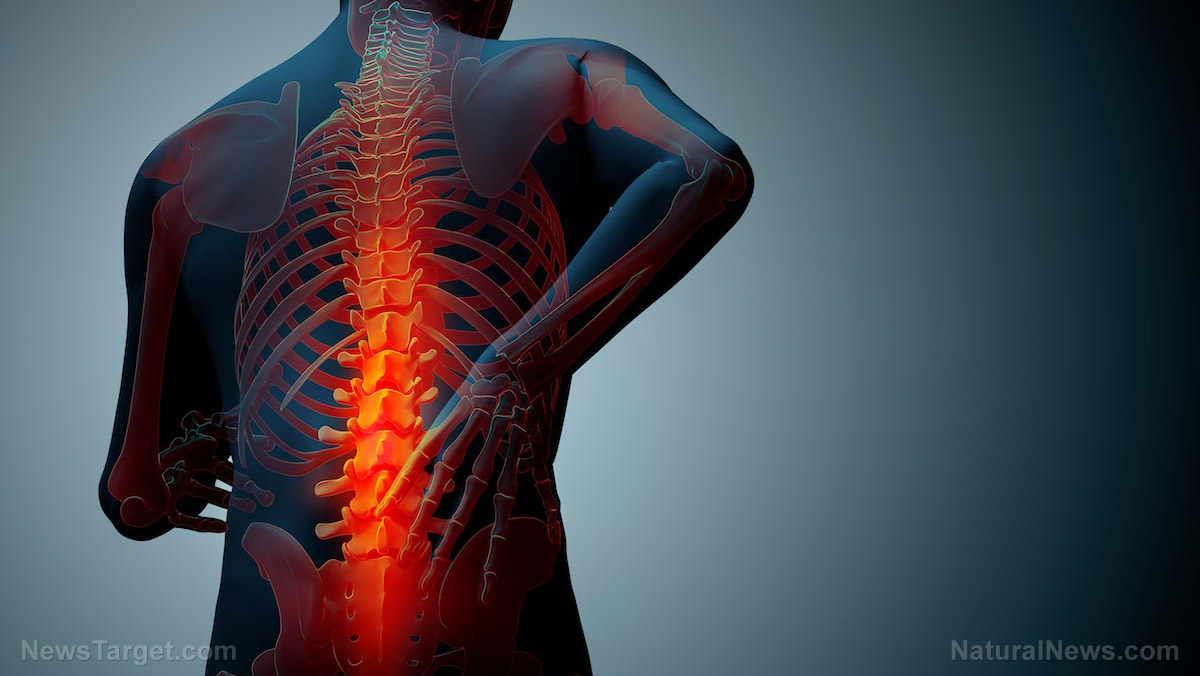Horse therapy improves quality of life for children with cerebral palsy
09/09/2018 / By Michelle Simmons

Simulated hippotherapy, a form of therapy in which the repeated and rhythmic movement of a horse is imitated, was found to enhance trunk control and quality of life of children with cerebral palsy, according to a study presented at the Association of Academic Physiatrists Annual Meeting in Atlanta.
According to the researchers, hippotherapy is one of the most efficient therapies for children with cerebral palsy. However, it is difficult to access because it is conducted in only a few sites, mostly with long wait lists, and it may not be covered by insurance. (Related: 4 Ways to Bond with Your Horse Using Equine Therapy.)
As a result, a team of bioengineers and physical therapists in the Sheikh Zayed Institute for Pediatric Surgical Innovation at Children’s National Health System developed a horseback riding simulator for children with cerebral palsy. The simulator, which included a motion platform, carousel horse, and tracking system, boosted a child’s ability to maintain control of his or her torso, which is the core or trunk of the body. In addition, the researchers created a virtual reality display, which simulated a horse riding along a pier, enabling the child to play games while riding the horse.
The simulator was tested on five healthy participants and two children with cerebral palsy. First, the healthy participants accomplished a reach test. In addition, the researchers monitored their ability to control their torsos through a trunk control measurement. Then, simulated therapy sessions were conducted. These were then performed by the participants with cerebral palsy.
The simulated therapy included a five-minute warm up which was supervised by a physical therapist who also gave cues to encourage upright trunk positioning and proper equilibrium reactions. After this, the participants played two different games. The first game tested their ability to control his or her posture while keeping their horse in the middle of the pier. The other game tested their trunk control and their ability to shift one’s weight to control the horse, enabling them to balance and finish more than one task at a time, at the same time. Then, the researchers worked with every participant to encourage them to ride without upper body support and to reach for toys or give high-fives to push the boundaries of trunk control.
The participants completed a total of four simulated therapy sessions. The findings of the study revealed that the simulated therapy sessions improved the participants’ trunk control and weight shift. Moreover, the patients with cerebral palsy appeared to be weight shifting in a way similar to that of healthy participants.
“We believe patients who have good head control but have difficulty with trunk strength and/or trunk control would benefit most from this therapy,” said Justin Burton, the presenting author of the study.
More on cerebral palsy
Cerebral palsy is a disorder that compromises the muscle tone, movement, and motor skills. This disorder is typically caused by brain damage that occurs during pregnancy or during the first three to five years of a child’s life. This condition can also lead to other health problems, such as vision, hearing, and speech problems and learning disabilities. In the United States, approximately 500,000 children suffer from this condition.
As of today, there is no cure for cerebral palsy, but a number of resources and therapies can help and improve the quality of life of children with the disorder. Therapies for movement and other areas that need help, such as learning, speech, hearing, and social and emotional development, can help them reach their best potential in growth and development. Moreover medicine, surgery, or braces can help improve their muscle function, while eating diets rich in calcium, vitamin D, and phosphorus can help boost their bone health.
If you’d like to read more news stories and studies on disease treatments, you may go to Cures.news.
Sources include:
Tagged Under: alternative medicine, alternative treatment, Cerebral palsy, healing, Hippotherapy, horseback riding, mental, mental health, mind-body medicine, natural cures, natural medicine, natural remedies, pediatric rehabilitation, rehabilitation, Simulator, therapy, trunk control



















